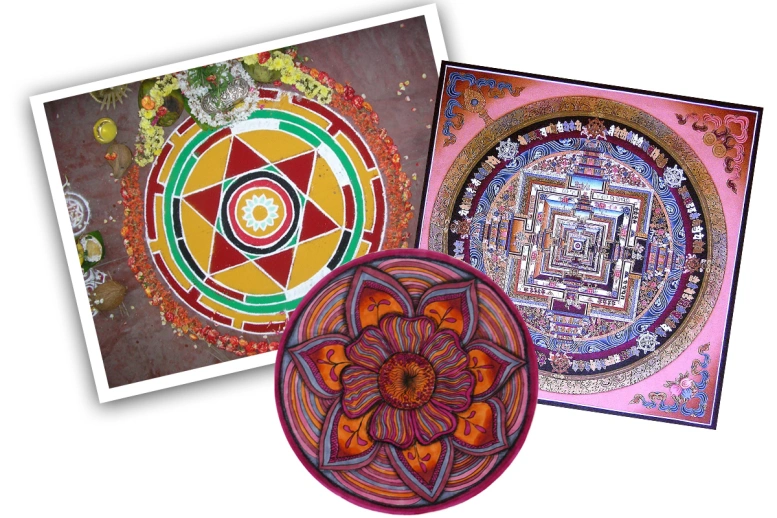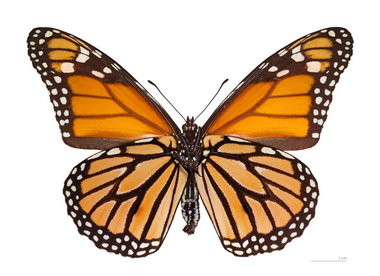Symmetry is when two sides of an image look the same or nearly the same. It’s like a mirror reflection! When kids learn about symmetry in drawing and painting, it helps them understand balance and beauty in art. Symmetry can be found everywhere, from nature, like butterfly wings, to man-made things, like buildings. By practicing symmetrical drawing, children develop important skills like observation, creativity, and patience.

What is Symmetry?
Symmetry happens when one side of a drawing is a mirror image of the other side. Imagine folding a piece of paper in half, then drawing half of a butterfly. When you unfold the paper, both sides match! There are different types of symmetry, and learning about them helps children become better artists.
Types of Symmetry:
- Line Symmetry (Reflective Symmetry): This is when one side of the drawing mirrors the other, like the wings of a butterfly.
- Radial Symmetry: This is when parts of the drawing are arranged around a central point, like a snowflake or a flower.
Both types are important in art because they help create balance, which makes a picture pleasing to look at.
Why Understanding Symmetry is Important for Kids:
Improves Observation Skills: When kids look for symmetry in everyday life, they begin to notice details they might have missed before. Whether it’s the shape of leaves or the pattern on a turtle’s shell, understanding symmetry helps children become more aware of their surroundings.
Boosts Creativity: Symmetry in art helps children explore new ideas. They can create fun symmetrical drawings like a dragonfly or a castle with two identical towers. Symmetry helps kids think about balance and how things fit together.
Develops Patience and Precision: Creating symmetrical drawings requires focus. Kids learn to pay attention to the details on both sides of their drawing. This practice makes them more careful and precise with their work.
Builds Math Skills: Symmetry is not just an art concept—it’s also a math idea! By practicing symmetry in drawing, kids get to use their math brain. They learn about geometry, balance, and even fractions. Understanding symmetry can make math more fun.
Encourages Problem Solving: When drawing symmetrical shapes, children have to figure out how to make each side the same. This encourages problem-solving and critical thinking. If one side of the drawing looks different from the other, they must figure out how to fix it.
Enhances Fine Motor Skills: Drawing symmetrical pictures, like perfectly matching trees or houses, helps children improve their fine motor skills. Symmetry exercises train their hands to draw smoother lines and better shapes.
Examples of Symmetrical Art
Here are some examples of symmetrical artwork to inspire you:
- Mandala: A mandala is a circular pattern that is often symmetrical. They can be simple or complex, and they can be drawn with a variety of materials.

Butterfly: Butterflies are a great example of bilateral symmetry. They have two wings that are the same size and shape.

Snowflake: Snowflakes are a great example of radical symmetry. They can be rotated 60 degrees and still look the same.

Symmetry in Nature and Art
Nature is full of symmetrical designs! Look at flowers, starfish, or butterflies. They all have patterns that repeat, showing both line symmetry and radial symmetry. Teaching children to notice these patterns helps them appreciate the natural world and understand how symmetry plays a role in everyday life.
In art, many famous artists use symmetry. For example, Leonardo da Vinci often used symmetrical balance in his paintings, and ancient Greek temples are famous for their symmetrical designs. When children see examples of symmetry in both art and nature, they learn how symmetry creates harmony and balance.
Fun Symmetry Activities for Kids:
Mirror Drawing: Fold a piece of paper in half, and ask kids to draw one half of an object (like a butterfly). Then, unfold the paper and ask them to draw the other half, matching it to the first side. This helps kids practice making both sides of the drawing symmetrical.
Create Radial Symmetry: Give kids a blank piece of paper and ask them to draw a circle. Then, from the center of the circle, ask them to create patterns that repeat, like the petals of a flower or the spokes of a wheel. This activity introduces the idea of radial symmetry and how designs can spread out from a central point.
Symmetry in Nature Walk: Take children on a nature walk and ask them to look for symmetry. They might see symmetrical leaves, flowers, or even insects. Let them draw what they find when they return home!
Symmetry Art Collage: Give children magazines or printed pictures, and ask them to cut out symmetrical shapes like circles, squares, or flowers. They can create their own collage by arranging the symmetrical shapes on paper.
Painting with Symmetry: Fold a piece of paper in half and let kids paint on one side. Then, while the paint is still wet, fold the paper again so the paint transfers to the other side. When they unfold it, they’ll have a beautiful symmetrical painting.
Symmetry and Imagination
While symmetry teaches structure, it also opens up possibilities for creative thinking. Children can imagine creating magical creatures with symmetrical wings or futuristic buildings with perfect symmetry. Symmetry gives them the foundation to explore imaginative ideas while learning basic art principles.


